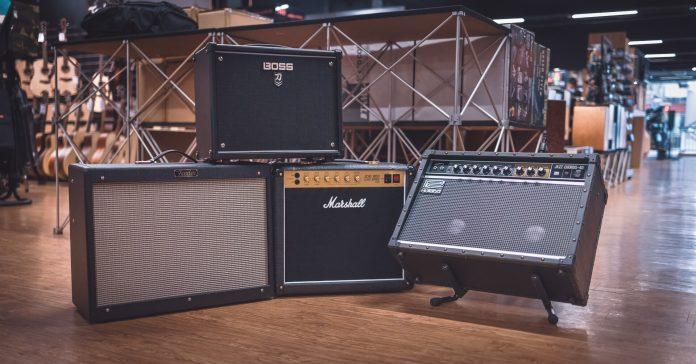Intro
Are you curious about what an amp is and why it matters? You’re not alone! Many people have heard the term ‘amp’ used in relation to sound or music but aren’t quite sure what it means. In this beginner’s guide, we’ll explain exactly what is amp is and why it’s so important for producing high-quality sound. So, what is an amp? Simply put, it’s a device that takes a low-power electrical signal and amplifies it to create a louder sound.
What is Amp?
Amp, short for amplifier, is a vital component in any sound system. But what exactly is amp? Amp is a device that increases the power of an audio signal, making it louder and more impactful. It takes the sound produced by a source, such as a guitar or microphone, and amplifies it to a level suitable for speakers or headphones. Amps come in various shapes and sizes, with different features and capabilities. In this guide, we will delve deeper into the world of amps, exploring their importance, components, types, and how to choose the right one for your needs.
The Importance of Amp
In a sound system, the amp is like the backbone that brings the music to life. It plays a crucial role in enhancing the sound quality and making it more powerful. The amp ensures that the audio signal reaches the speakers or headphones with clarity and impact. Without a good amp, the music may sound dull and lackluster. So, whether you’re a musician or a music lover, understanding the importance of amp is key to enjoying a captivating audio experience. Let’s dive deeper into why amp matters and how it can elevate your listening pleasure.
Understanding the Components of an Amp
Understanding the components of an amp is key to unlocking its full potential. So, what is amp made of? At its core, an amp consists of three main components: the preamp, the power amp, and the speaker. The preamp controls the input signal, the power amp amplifies the signal, and the speaker converts the amplified signal into sound. Additionally, amps may also have other features such as tone controls, effects loops, and built-in digital processors. By understanding these components, you’ll have a better grasp of how an amp works and how to optimize your sound.
Different Types of Amps
When it comes to amps, there are many different types to choose from. Each type offers its own unique features and characteristics, allowing you to achieve the specific sound you’re looking for. Tube amps, for example, are known for their warm and rich tone, while solid-state amps provide a more reliable and consistent sound. There are also modeling amps that allow you to replicate the sounds of different amp models and effects. Hybrid amps combine the best of both worlds, with tube and solid-state technologies working together. Understanding the different types of amps available will help you make an informed decision and find the perfect amp for your needs.
Choosing the Right Amp for You
Choosing the right amp is crucial in achieving the sound you desire. There are a few factors to consider when making this decision. Firstly, think about the type of music you play and the tone you want to achieve. Different types of amps offer different sound qualities, so it’s important to choose one that complements your style. Secondly, consider the power and size of the amp. If you’ll be performing in large venues, you’ll need a more powerful amp to fill the space. Lastly, take your budget into account. Amps range in price, so find one that fits within your financial means without sacrificing quality. By carefully considering these factors, you’ll be able to choose an amp that’s perfect for you.
Tips for Maintaining Your Amp
To keep your amp performing at its best, regular maintenance is key. Here are some tips to ensure your amp stays in top shape. Firstly, always use the appropriate power supply and avoid overloading the amp. Additionally, clean the exterior and internal components regularly to prevent dust build-up. Pay attention to the speaker, checking for any damage or distortion. Keep an eye on the tubes or transistors, as these may need to be replaced over time. Lastly, store your amp in a cool and dry environment to avoid any potential damage. By following these maintenance tips, you can enjoy optimal performance from your amp for years to come.








